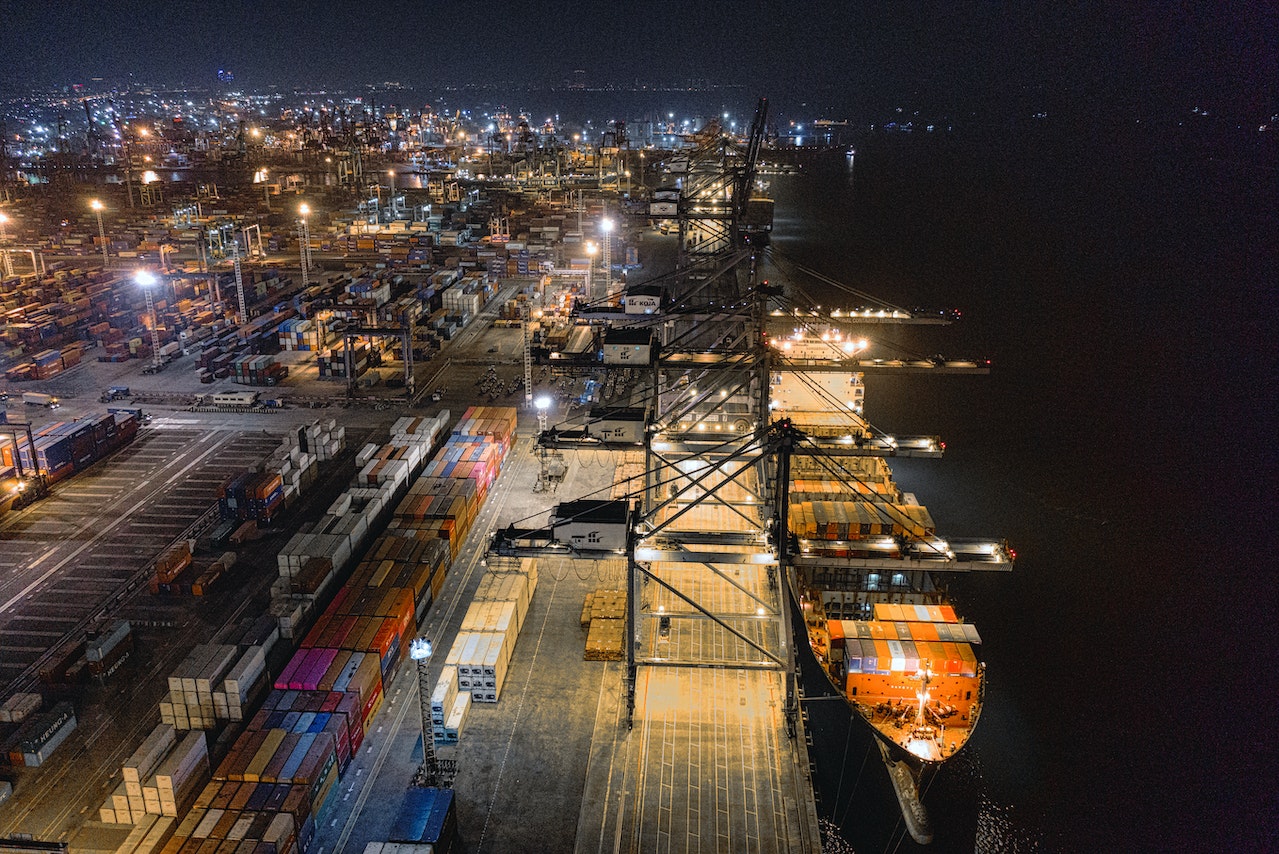(...Continued From Last Week)
Now, entering the second quarter of 2023, this is the time when many of the world’s ocean shipping transportation contracts are expiring and being re-signed. Keep in mind, according to the United Nations Conference on Trade and Development (UNCTAD), around 80% of global trade and 70% by value is transported by sea. (This includes both containerized and non-containerized cargo). Thus small companies, mid-market companies, and even big box retailers are currently involved in the procurement and re-signing of key ocean/transportation contracts at this time. Meanwhile, with container/import shipment volumes down for many, the very nature of time expenditure on tasks has changed scope compared to last year. Many in the industry are no longer battling with unprecedented volumes… hence now perhaps staff have an opportunity to “get back to basics” and plan for what is to come.
Here are some basics to keep in mind to improve an organization’s overall performance and customer service, and to be best prepared for what is to come:
- Understand supply and demand. Ensure the organization is in-tune with customers so that there are accurate forecasts ongoing. Know what order volumes look like. As well, ensure that supply (IE ocean capacity, drayage/over-the-road capacity, rail capacity, manufacturing capacity, etc.) are fine-tuned to meet demand at the correct equilibrium. Is there lessened demand on container orders from Asia to the USA for example due to orders being filled from nearshore distribution centers and warehouses for example? Understand this.
- Standards & Controls; Proactive Internal Processes & Continuous Improvement. Ensure the organization is compliant, proficient, agile, and continuously improving. Are metrics and diagnostic processes updated from the learnings during the supply chain crisis period? Ensure there are processes to look for anomalies/errors and ensure to eliminate waste in the process. Take this time period to invest in technology, in processes, and in people. Are staff/talent pool motivated and do they possess exemplary attitudes still or are they “burned out” from the last couple of years? How are staff motivated during this time period? There are a lot of real solutions that companies like Hard Deck Logistics can provide to cost-effectively ramp up efficiencies as well as safeguards by empowering Artificial Intelligence (AI), Machine learning, predictive analytics, and industry-leading experts. Also ensure the organization has adequate tracking ability for shipments - is API/EDI/tracking up to date? What about TMS? Is it linked correctly to an ERP system, are the parameters in the ERP correctly accounted for when it comes to orders, lead times, and the expected order fulfillment parameters?
- Incoterms. Understand International Commercial Terms between buyer/seller. Refresh the latest incoterms regulations and ensure both parties buyer/seller are clear on responsibilities. Educate stakeholders on the importance of these terms should any dispute occur related to responsibilities or cost.
- Customs Regulations. Each country has its own set of customs regulations that importers of record (IOR) must comply with. It is important to understand all aspects including the cost of duties, taxes, and fees. Understand risk with exposure from these duties (for example for USA Customs antidumping, countervailing, unliquidated entries, bond amounts, collateral for bonds, etc.). Seek help from a Customs Broker or Customs expert as needed.
- Insurance. International shipping carries risks such as damage, loss, and theft. It is important an organization has the correct insurance and that you understand the various claims limits and policies of transportation providers in case of loss.
- Packaging. Proper packaging is crucial to ensure that goods arrive at their destination in good condition, as is proper/good loading. Keep in mind customs regulations in the context of appropriate packaging.
- Documentation. There are several documents required for international shipping including bills of ladings, commercial invoices, packing lists, export/import licenses, etc.
- Shipping Methods. There are so many methods to ship goods from point A to point Z. Understand the advantages/disadvantages of each method. Seek to find the correct balance between required transit times, cost, and mode of shipment. Ensure the carriers’ service footprints are understood, as well as their capacity limitations for the duration of the contract. Evaluate the length of time to sign for contract duration fully along with the market and the organization’s needs (which will impact the per shipment). Be keenly aware of efficiency and multimodal transportation. For example, what starts as an ocean container shipment from Asia to the USA could be cost-efficient as MLB (Mini-Land Bridge) shipment to an inland rail location. One may likely realize huge cost savings by moving ocean containers through a cross-dock location in the Long Beach area where transloading (thereby consolidating) into 53’ units to move by rail across the USA will likely provide a reduction in overall equipment handling and costs. Companies like Commtrex can help provide these physical solutions in a simple efficient manner.
- Alignment with stakeholders internal and external. Ensure the planning, processes, and strategy accounts for feedback and input from all stakeholders. Communicate with managers through the correct chains with upper management, etc. Ensure the sales organization, operations organization, suppliers, etc., are all on the same page from a strategic and execution aspect.
- Ongoing Education. Stay current and educated. The world today is different than it was two years ago and it is evolving at a rapid pace. Keep well networked with experts. Stay current on key industry periodicals and publications. Work to continuously educate, thereby improving all members of the organization.
It is time to get back to basics and prepare for the bright future that is ahead!
